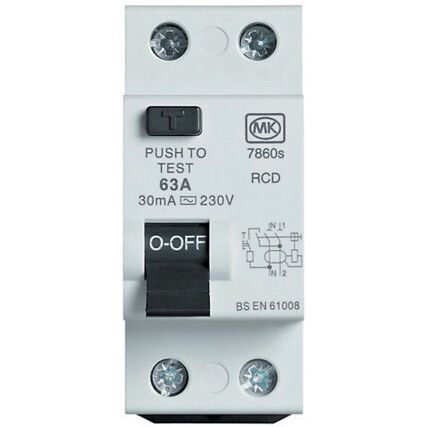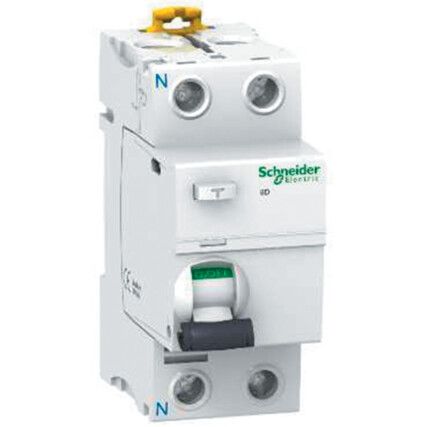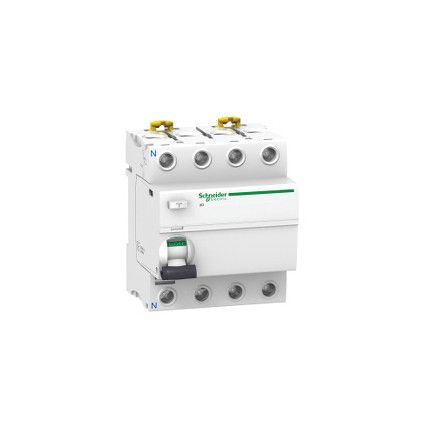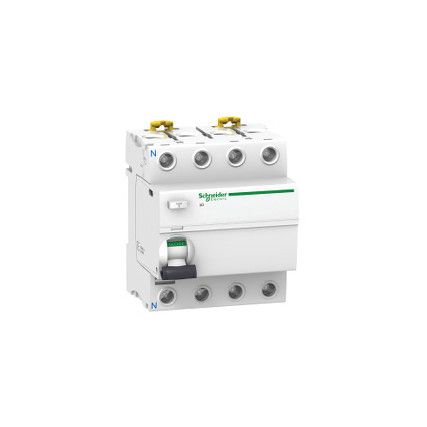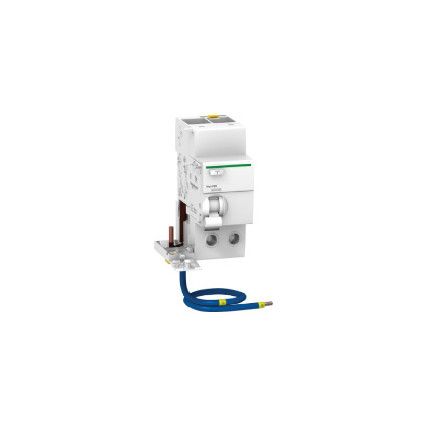RCDs
Protect your personnel and electrical circuits with the use of RCDs. Cromwell offer a curated range of RCDs from leading brands such as Schneider Electric® and MK Electric®.
Why RCDs?
An RCD (residual current device) is a safety component which is usually installed within fuse boxes and is a type of breaker which breaks a circuit when certain parameters are met. They are designed to prevent electric shocks to people and can also protect against damage to appliances in the event of a fault to the power supply by tripping and cutting off the power.
RCD types
According to IEC 60755, the following types of RCDs are suitable protection of different forms of residual currents:
• Type AC - Type AC RCDs detect alternating currents. They're suitable for general use and cover most applications.
• Type A - Type A RCDs detect residual current as well as alternating currents. Type A RCDs are specifically intended to be used for single phase class 1 electronic loads.
• Type F - In addition to the detection characteristics of type A RCDs, type F RCDs are specially designed for circuit protection where single-phase variable speed drivers could be used.
• Type B - Type B RCD are intended to be used for loads with three-phase rectifiers, such as variable speed drives, PV system, EV charging station and medical equipment.
FAQs
What does RCD tripping mean?
RCD tripping occurs when a device or appliance has an electrical fault and causes the RCD to turn off the power to protect itself, the device, and the circuit. This offers the benefit of knowing that the RCD works to protect personnel and the site, as well as indicates that there is an issue with a device or appliance.
How often should RCDs be checked?
BS 7671 requires that all RCDs should be checked at least once a quarter, to ensure proper operation by the device and continued safety of the circuit. The RCD can be easily tested as most have a push button marked as "T" or "Test".
